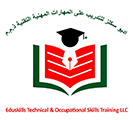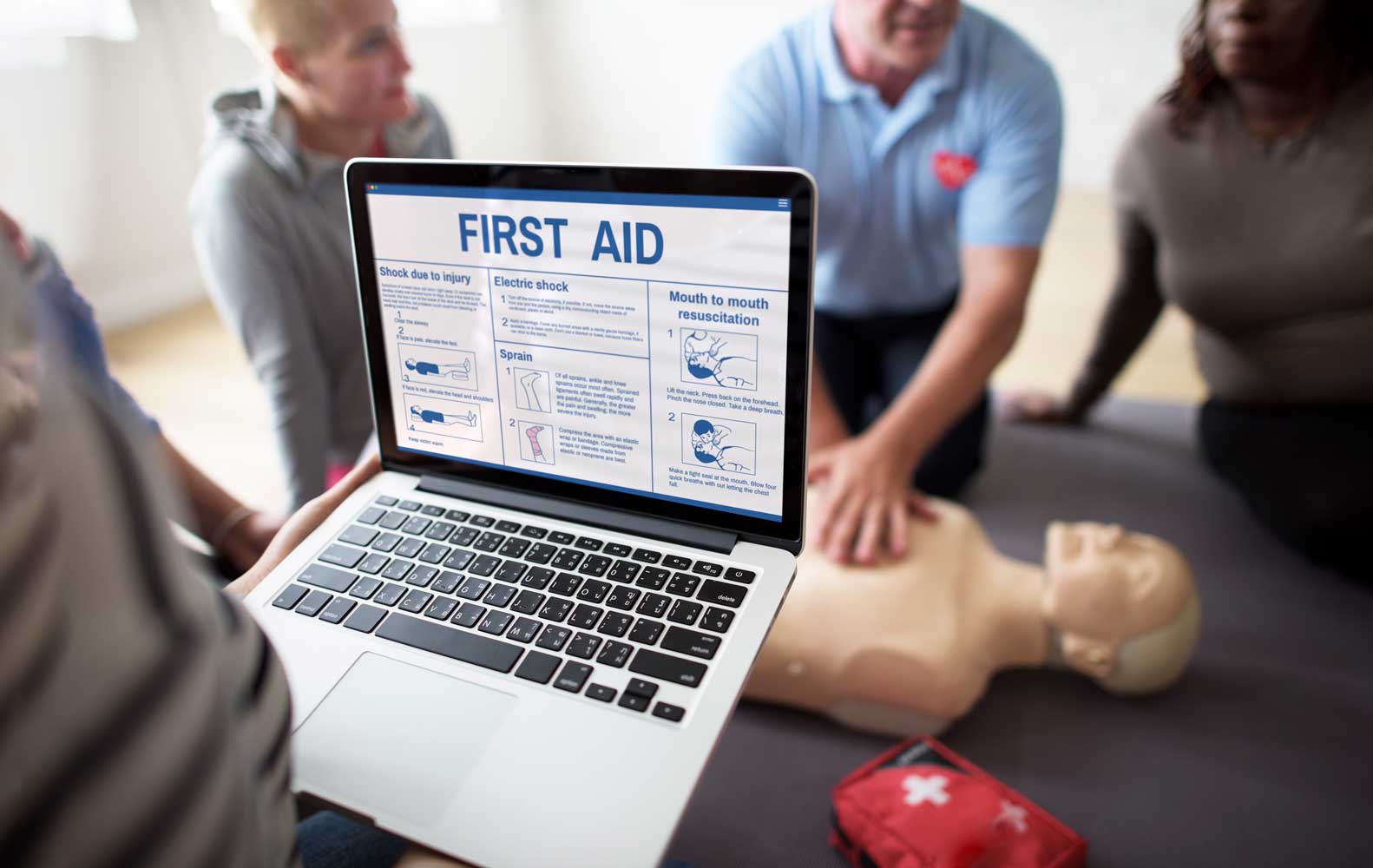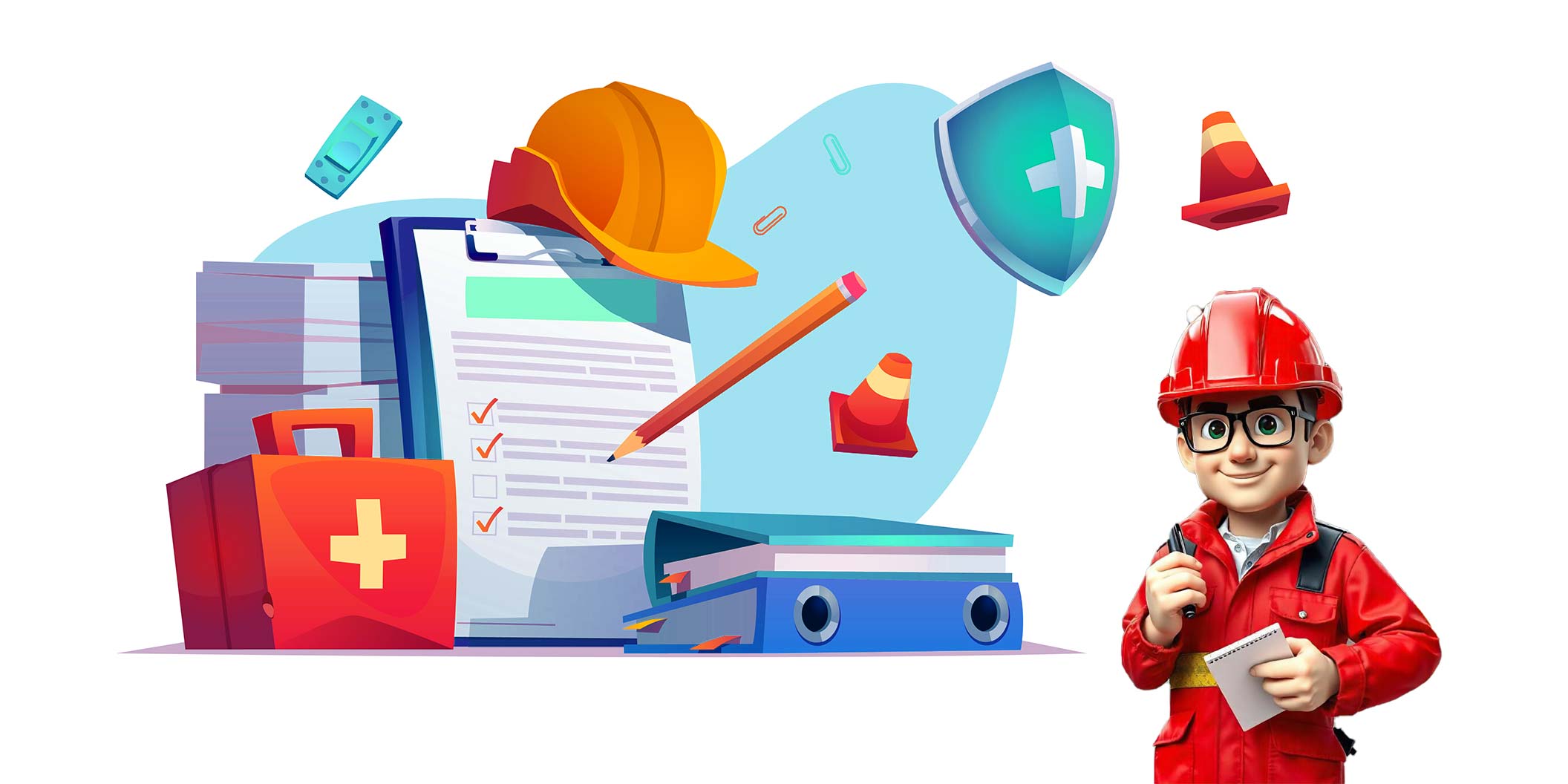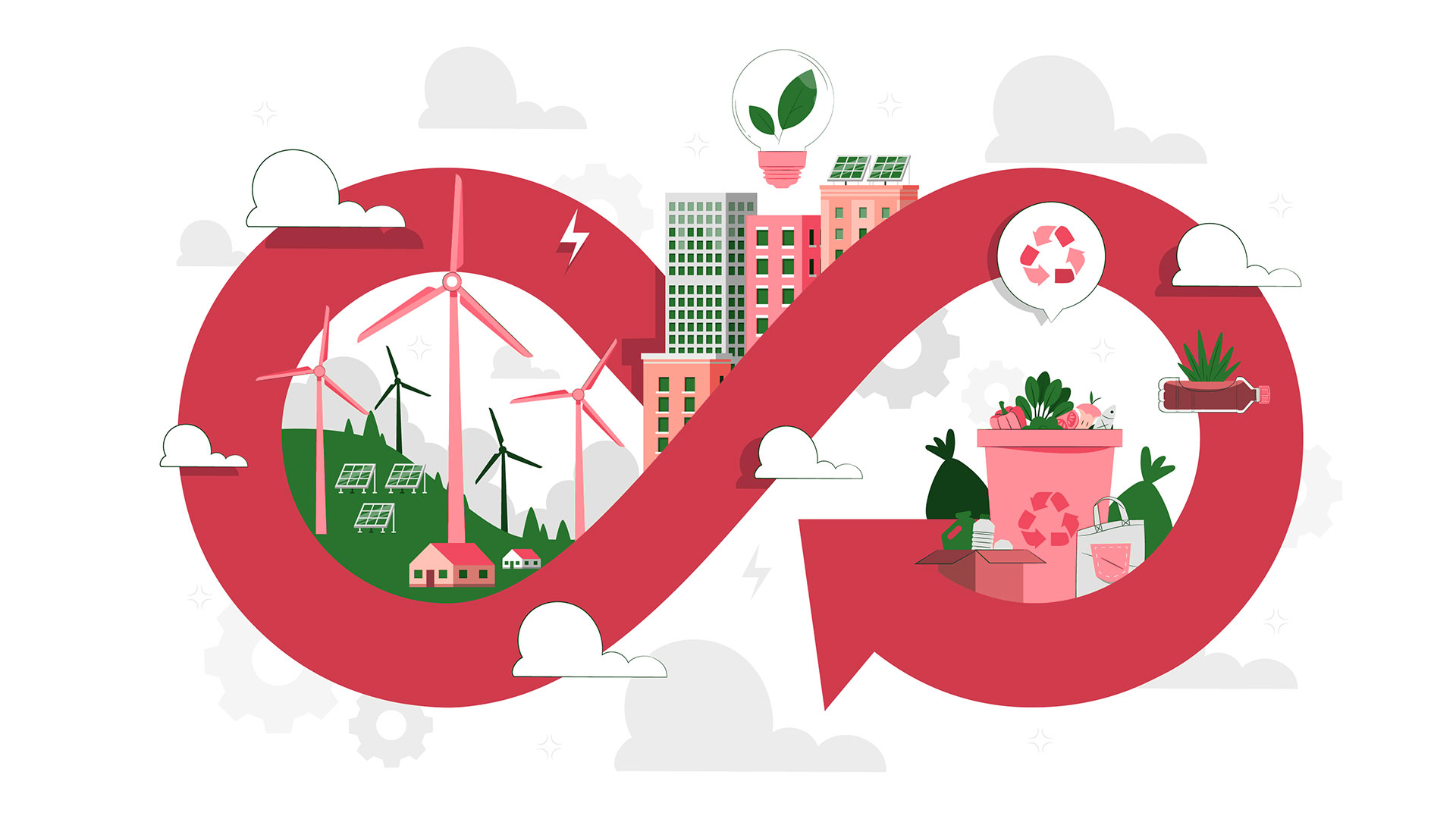How to Conduct a High-Impact HIRA (Hazard Identification And Risk
In high-risk industries like oil and gas, safety isn’t just a regulatory checkbox—it’s a way of life. That’s where HIRA—Hazard Identification and Risk Assessment—comes into play. Simply put, HIRA












